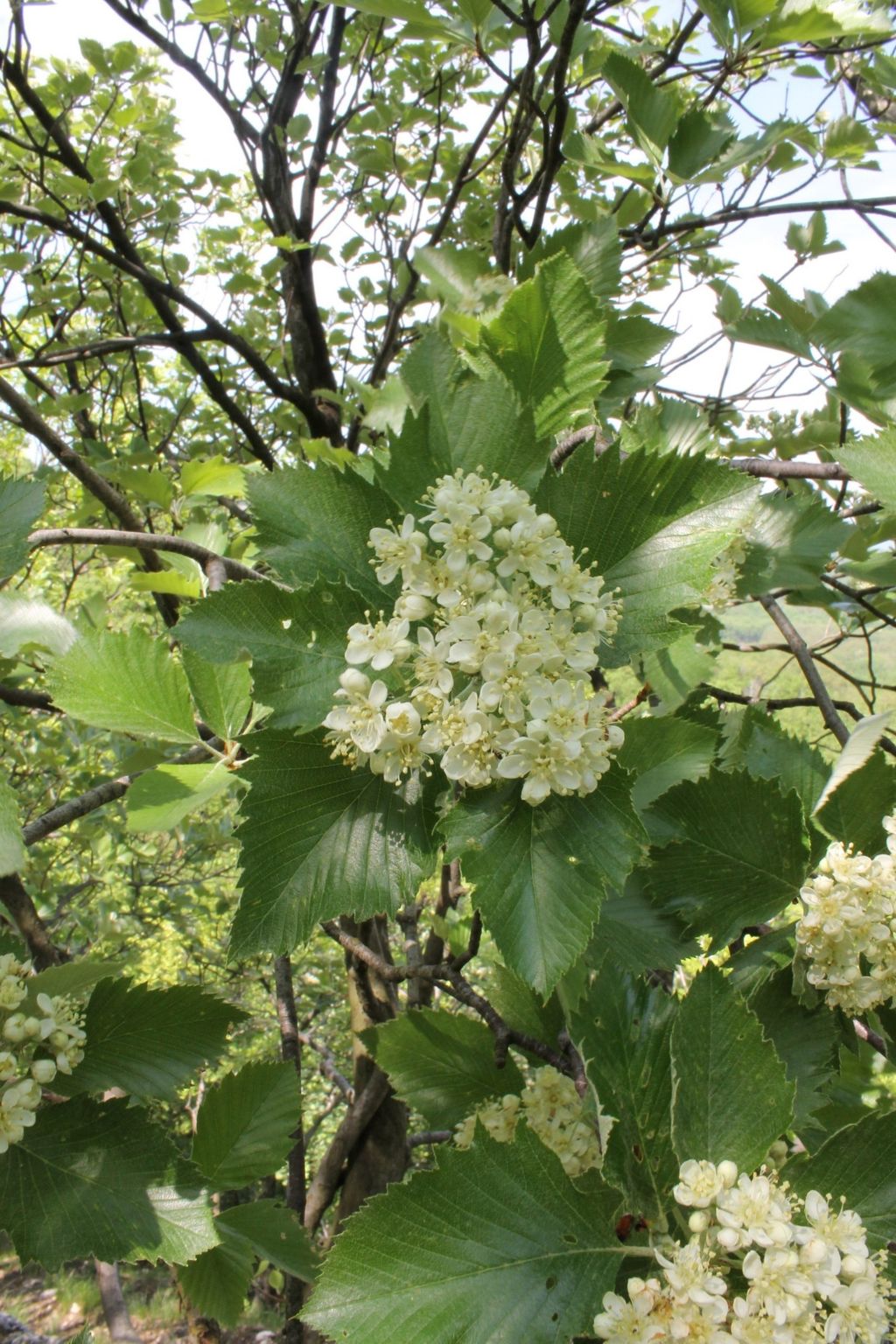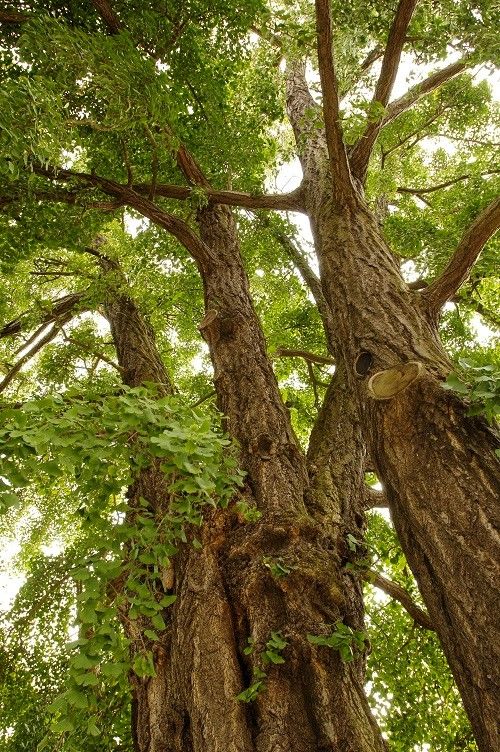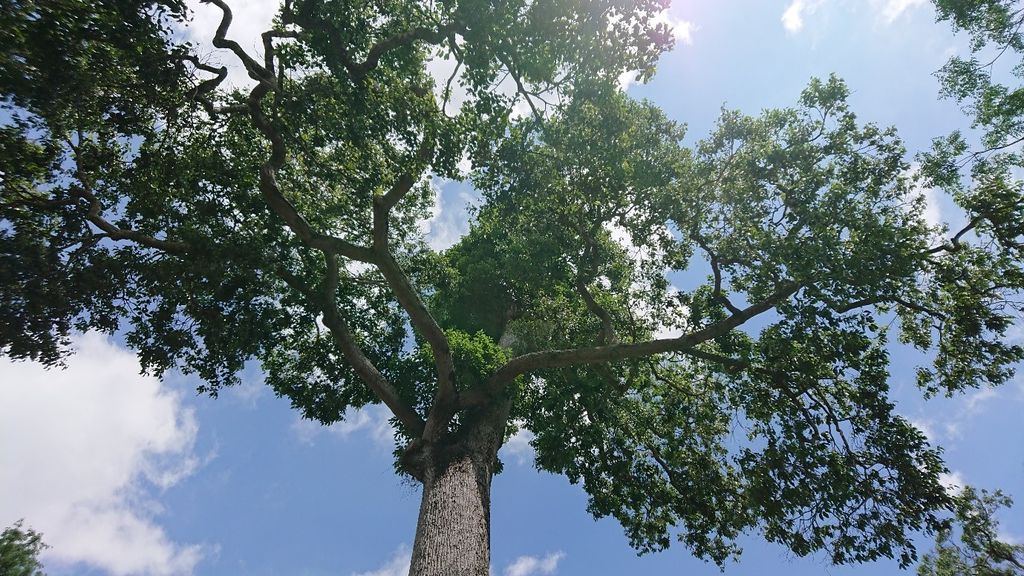European Red List of Trees

-
Status of project
Completed -
Region
Europe -
Programme
Global Tree Assessment -
Workstream
Saving Plants -
Topic
Conservation Prioritisation
In September 2019, the European Red List of Trees was published marking one of the first complete regional groups of trees on the IUCN Red List of Threatened Species and a huge achievement for the Global Tree Assessment.
The publication includes assessments for 454 tree species native to the region, of which 265 species are found only in Europe. For the region as a whole, 42% of species were assessed as threatened but looking only at the endemic species, 58% are threatened with extinction in the wild. But luckily, 359 species (79%) are currently known to occur in at least one protected area and 393 European tree species (87%) are found in ex situ collections in botanic gardens and arboreta worldwide.
Sorbus was identified as a particularly threatened genus. Of the 170 species of Sorbus native to Europe over three-quarters are considered threatened. Many species of Sorbus have a small population size predisposing them to threatening events. These trees are often light demanding and palatable to herbivores therefore are often found in restricted habitats such as ungrazed rocky cliffs. Grazing is a major threat to Sorbus taxa as well as succession and anthropogenic habitat loss.
Europe’s islands are biodiversity hotspots, home to 61 endemic trees and boasting unique ecological associations such as Laurisilva forest. However, islands were also shown to be susceptible to a variety of threats which can have devastating impacts on specifically adapted, narrow endemic species. These threats include an increased occurrence and intensity of fire as well as habitat loss due to tourism, with islands being a victim of their own beauty. As was identified across the rest of Europe, invasive pests and diseases are identified as a major threat to island species which are highly adapted and much less able to compete with alien taxa, exotic weeds and grazing animals being the main culprits.
One such island tree species of concern is Heberdenia excelsa (Vulnerable) which has a scattered population size of 3,000 individuals. On the islands of Fuerteventura and El Hierro already small sub-populations of the species are predated by goats and rats, while elsewhere across the range individuals are lost to wildfires, landslides and droughts. The species is found in some national parks, where management plans can protect the species and prevent extinction. Actions like this are needed for all threatened tree species within Europe.
All regional and global assessments in the publication are published on the IUCN Red List and the full report can be read here.


